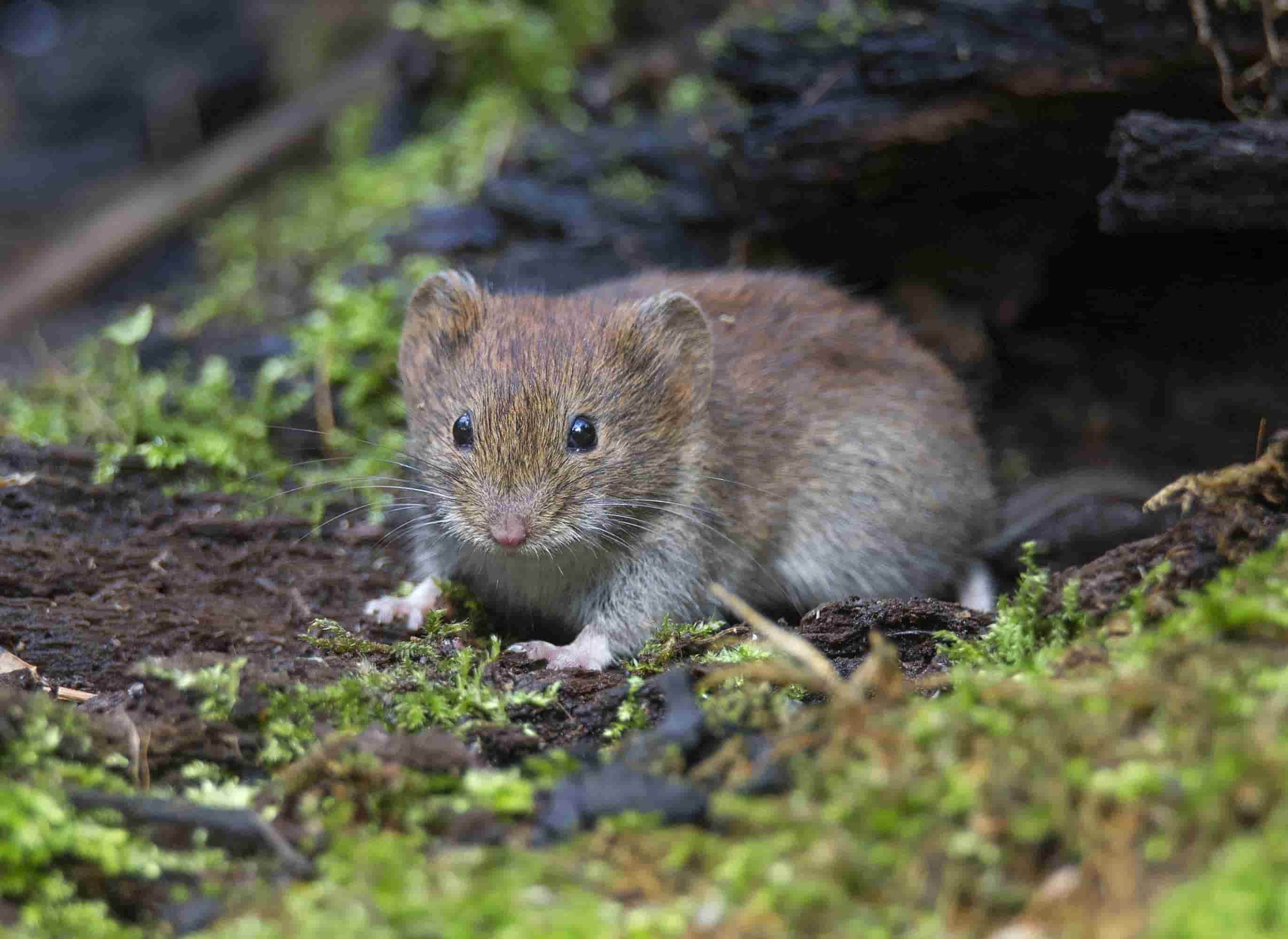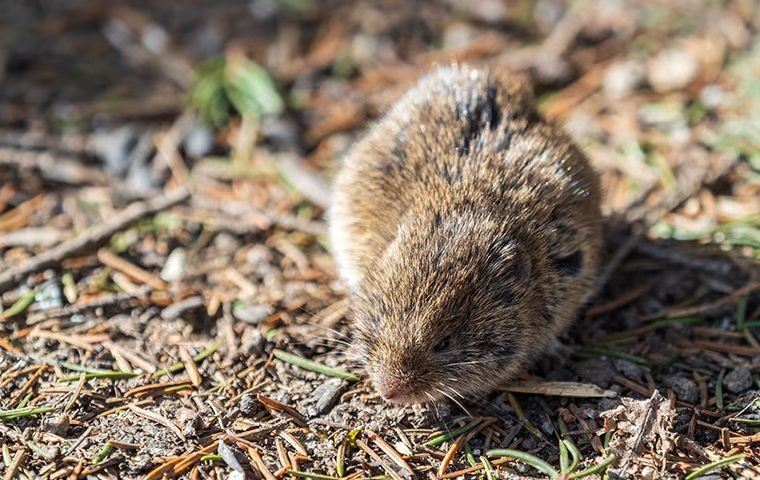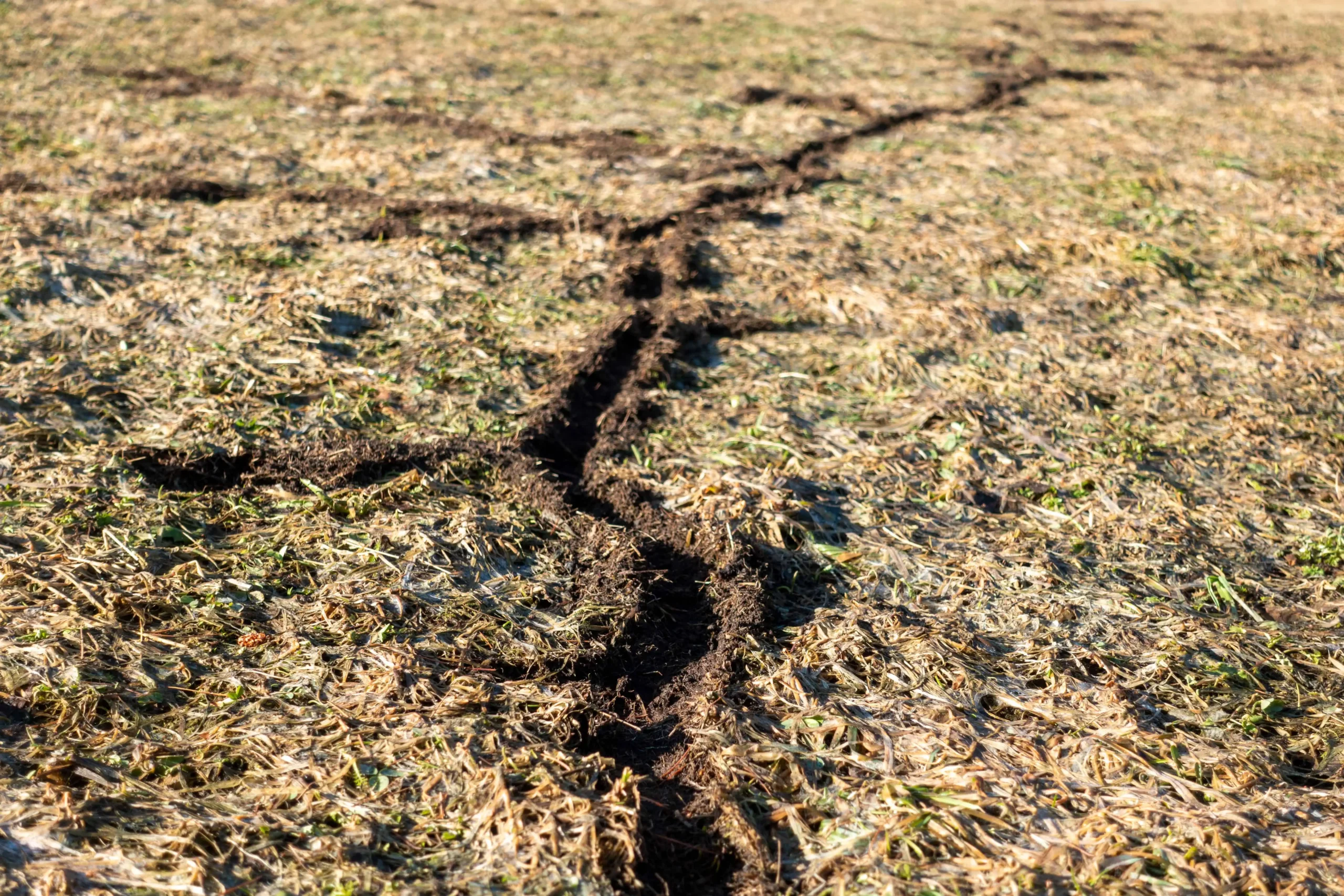The Ultimate Handbook for Vole Pest Control: Professional Tips on Invasion Administration and Therapy
Within the world of parasite control, vole invasions provide an unique challenge that requires a strategic approach. As we dive into the intricate world of handling vole invasions, a wealth of professional pointers and therapy alternatives waits for those looking to redeem their rooms from these persistent bugs.
Recognizing Vole Infestations
When analyzing for vole invasions, eager monitoring of certain indicators such as paths and burrow systems is important for precise identification. Voles, little rats looking like computer mice, are recognized for the extensive network of surface area runways they develop in yard or compost. These runways typically have a width of about 2 inches and are kept clear of debris by the voles' frequent use. In addition, vole burrow systems are another vital indicator of invasion. These delve entrances are about 1.5 inches in diameter and result in superficial passages that house nests and supply protection for the voles.

Prevention Methods for Voles
Reliable prevention methods for vole infestations entail applying aggressive measures to hinder these small rodents from triggering damage to exterior spaces. In addition, routinely maintaining and cutting the grass grass trimmed short can discourage voles from establishing nests.

In addition, preserving a well-kept garden with correct spacing between plants can help in reducing vole-friendly environments. Stay clear of overwatering your lawn or yard beds, as voles are attracted to wet settings. By carrying out these avoidance strategies, you can properly discourage voles and guard your exterior rooms from infestations.
Reliable Trapping Strategies
Applying calculated trapping methods is important in effectively taking care of vole populaces and minimizing damage to outside spaces. When establishing up catches for voles, it is necessary to put them important link in energetic paths or tunnel entryways. Voles are known to adhere to particular pathways consistently, making these prime areas for trapping success. One reliable trapping strategy is the usage of breeze traps, which are made to rapidly and humanely eliminate voles upon activation. These traps ought to be inspected consistently and reset as required to this make sure continuous vole control. Additionally, live catches can be made use of for those that choose to launch voles elsewhere after capture. When making use of real-time catches, it is necessary to move the captured voles far from the trapping site to stop their return. By utilizing a combination of snap traps and live traps purposefully, property owners can efficiently reduce vole populaces and secure their exterior spaces from further damage.
All-natural and Chemical Treatment Options
To effectively take care of vole populaces and mitigate damages in outside settings, checking out chemical and natural therapy alternatives is important. All-natural therapies provide eco-friendly solutions that can assist control vole infestations without causing harm to various other wildlife or plants. Growing vole-resistant greenery like daffodils, fritillaries, or crown imperials can discourage voles from getting into yards or backyards. Furthermore, producing barriers with products such as gravel or cable mesh can limit vole access to prone areas.
Rodenticides containing zinc phosphide or anticoagulants like bromadiolone can be tactically put in vole paths or delve entrances. By incorporating chemical and natural therapy alternatives judiciously, vole invasions can be handled efficiently while lessening ecological effect.
Maintaining a Vole-Free Atmosphere

Carrying out all-natural vole repellents like castor oil-based products or predator pee can likewise aid in preventing voles from invading your home. These repellents work by producing a negative environment for voles, motivating them to look for shelter in other places. By including these safety nets and maintaining a cautious technique to vole control, you can produce a vole-free atmosphere that inhibits infestations and advertises lasting bug monitoring success.
Final Thought
In final thought, description effective vole parasite control calls for a combination of identifying invasions, carrying out avoidance strategies, making use of reliable trapping strategies, and considering natural or chemical therapy choices. By preserving a vole-free environment through these methods, home owners can efficiently reduce and manage vole populaces on their property - vole control utah. It is very important to constantly monitor for signs of infestation and take aggressive measures to avoid future vole issues
By accurately determining vole problems early on, appropriate insect control steps can be implemented quickly to reduce possible damages to gardens, yards, and plants.
Having established approaches to resolve vole problems via natural and chemical therapies, the emphasis currently shifts to maintaining a vole-free environment for lasting insect control.Applying natural vole repellents like castor oil-based items or killer pee can likewise help in hindering voles from attacking your building. By integrating these preventative steps and preserving an attentive method to vole control, you can produce a vole-free setting that inhibits invasions and advertises long-term bug management success.
In conclusion, successful vole parasite control needs a combination of recognizing infestations, applying avoidance techniques, utilizing efficient trapping techniques, and thinking about natural or chemical therapy alternatives.